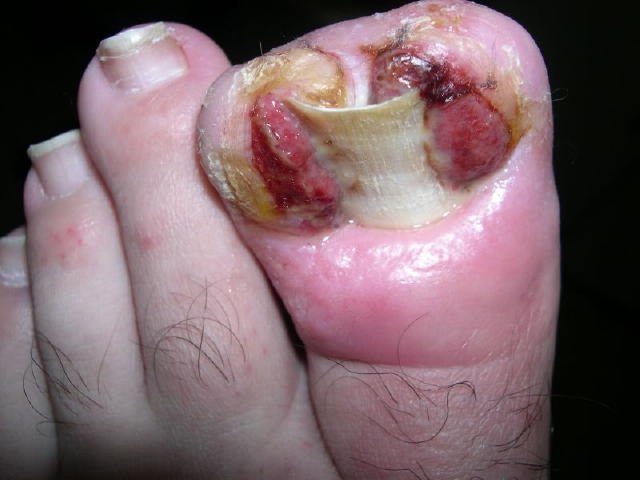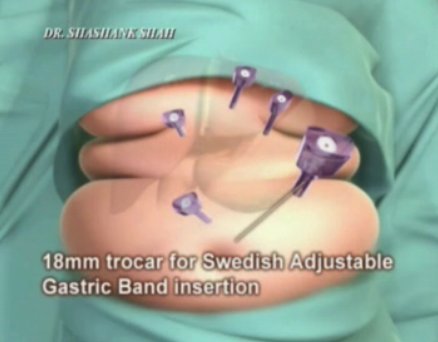
Yoga may decrease age-related dowager’s hump
Are you at risk for dowager’s hump? Findings from a small study suggest you may want to try yoga to decrease this age-related curve of the upper spine.
Among a group of elderly study participants, those who did yoga for six months saw their upper spine curve lowered by about 5 percent compared to those who did no yoga, Dr. Gail Greendale, at the University of California at Los Angeles, and colleagues report in the Journal of the American Geriatrics Society.
Those with greater spinal flexibility showed a 6 percent improvement in their upper spine curve, which suggests yoga “when the spine is relatively more malleable” may be most effective, Greendale said.
“Men and women with more flexible spines at the start of the study got even more benefit from the yoga,” Greendale told Reuters Health in an email.
Greendale’s team took regular measurements of the upper spine curvature of 118 otherwise healthy individuals with indicators of moderate hyperkyphosis – the medical term for dowager’s hump.
The study group was mostly — 81 percent — female, about 75 years old on average, and reported almost no physical limitations. However, about three-quarters reported body pain during the 4 weeks prior to study entry, and 60 percent said their pain was frequent or daily.
On 3 days each week for 6 months, 58 individuals took yoga classes using breathing techniques and poses to increase awareness, flexibility, and strength of their back muscles. The remaining 60 participants (the control group) attended 6 monthly informational luncheons.
Compared with spinal curve measures at study entry, the yoga group showed decrease spinal curvature, while the control group had increased curvature, after 6 months.
Yoga , Yoga Health, Yoga Health Latest, Yoga Health Information, Yoga Health information, Yoga Health Photo,Yoga for Weight Health photo, Yoga Health Latest, Yoga Health latest, Yoga for Weight Health Story, Yoga Video, Yoga video, Yoga Health History, Yoga Health history, Yoga over Picture, history, Yoga Asia, Yoga asia, Yoga Gallery, Yoga for Weight gallery, Yoga Photo Gallery, Yoga Picture, Yoga picture, Yoga Web, Malaysia Health, web Health, web Health picture, video photo, video surgery, gallery, laparoscopy, virus, flu, drug, video, Health Health, calories, photo, nutrition, health video, symptoms, cancer, medical, beating, diet, physical, Training, organic, gym, blister, exercise, weightloss, surgery, spiritual, eating, tips, skin, operation, bf1,




